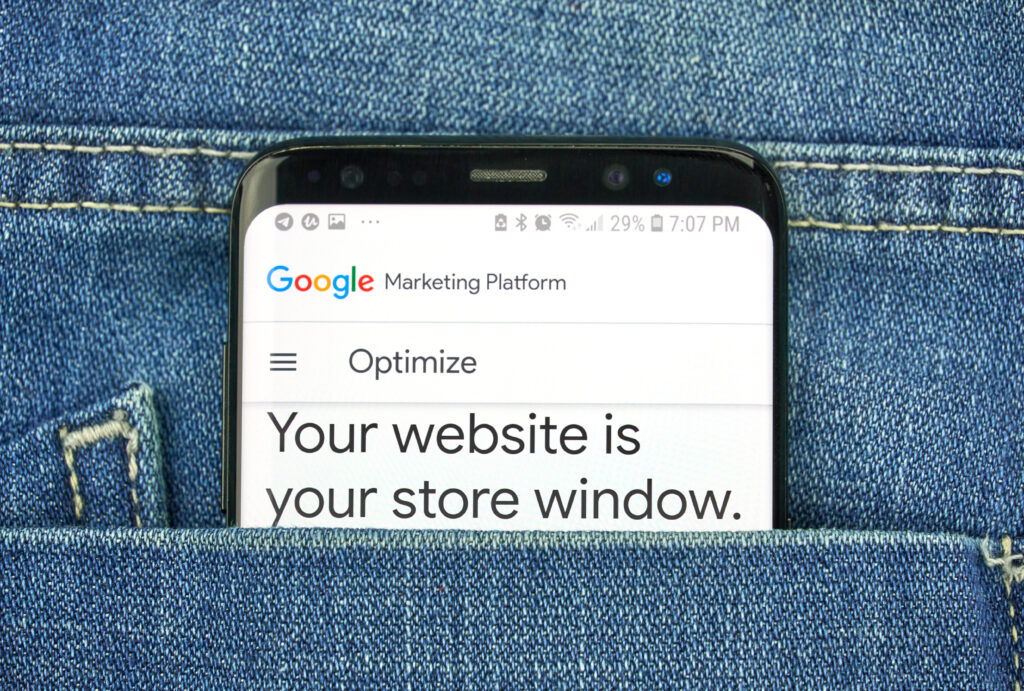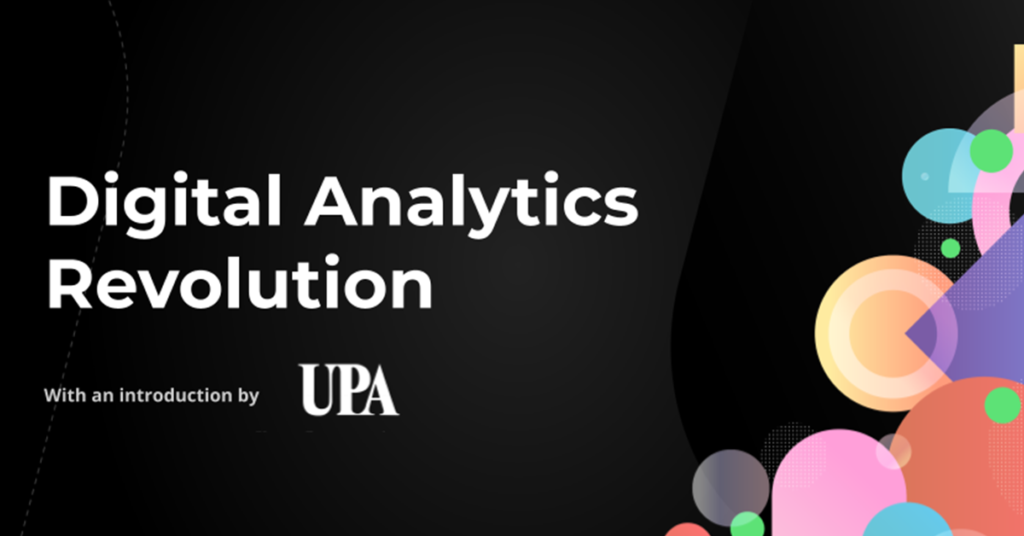With the progressive disappearance of cookies and the emergence of new digital environments, such as Connected TV, Digital Out-Of-Home and metaverse, one of the main concerns in the ad-tech world has become finding a new identification standard and an alternative solution for effective audience targeting and measurement.
As we know, data is the power of digital advertising. As a result of the latest legislative and technological innovations, advertisers – today more than ever – are looking for quality audiences.
The general trend is towards re-evaluation of first-party audiences. However, an advertiser who relies only on first-party data, especially if this is scarce, will not be able to expand their customer base: to do so, some form of sharing with third parties is still necessary. This premise explains the growing development of the phenomenon of data clean rooms, in which the retail world plays a special role. What does this mean?
The opening up of retail to forms of collaboration with advertising actors is called retail media.
The two essential articulations of the concept of retail media are:
- on-site media, the set of proprietary spaces (such as website, apps, newsletters, digital signs, etc.)
- off-site media, meaning the possibility of activating consumer data in spaces outside the proprietary ones.
Already today, retail media is a reality, so much so that it is no longer considered an emerging sector and, in the future, its recourse is increasingly prefigured. IAB Europe estimates that average retail spending will reach 25 billion euros by 2026.
While the desire to share first-party data between advertisers and retailers, as well as publishers, was evident, the need to reassure all these actors on the issues of privacy and control of proprietary data was clear.
Data clean rooms are born with this objective: they are meeting points between subjects who want to engage in data collaboration initiatives in a safe and compliant environment.
Data entering a clean room and PII (personal identifiable identification) are encrypted: raw data and details at the individual user level are never exposed to third parties. Here, parties can compare their data, use it to derive high-impact insights, create matches, enrich it with first-party data from other clean room participants, use it as a basis to generate lookalike audiences and, lastly, activate it with paid media campaigns through on-site spaces or through programmatic platforms, off-site.
The case of retail media is particularly significant, due to the following factors:
- the abundance of deterministic data that retail can make available; just think of the large-scale retail chains;
- the quality of the deterministic data, with details ranging from the socio-demographic and geographical profile to consumer spending habits and intentions;
- the scope for measurement and attribution: through clean rooms, it is possible to evaluate the effects of paid media campaigns also on offline conversions.
A retailer can collect a large amount of data from loyalty programmes. These data carry the history of all purchases made by the consumer and will be enriched on the occasion of future purchases, so an advertiser will be able to measure the impact of paid media campaigns on purchases that have been made both via e-commerce and in-store, with an extremely granular level of detail. The shared use of retail media and clean rooms is therefore a viable way to bridge the gap between online and offline and, at last, measure the omnichannel impact of media investments.
Data collaboration processes can lead advertisers to better understand audiences, overcoming the traditional cookie-based measurement criterion, to move to a people-based approach, compliant with privacy legislation. Audiences built in clean rooms through matches between different datasets present a greater variety of identification codes: an interoperable identity framework that promises to improve the match rate in the eco-system, refine multi-channel targeting, homogenise user experiences and better control reach and frequency. All this while still preserving the privacy aspect and entrusting its governance to an independent third party.
This article was written by Marco Migliorini, Programmatic Media Team Manager.




















 Discover UP
Discover UP Monitor UP
Monitor UP Level UP
Level UP